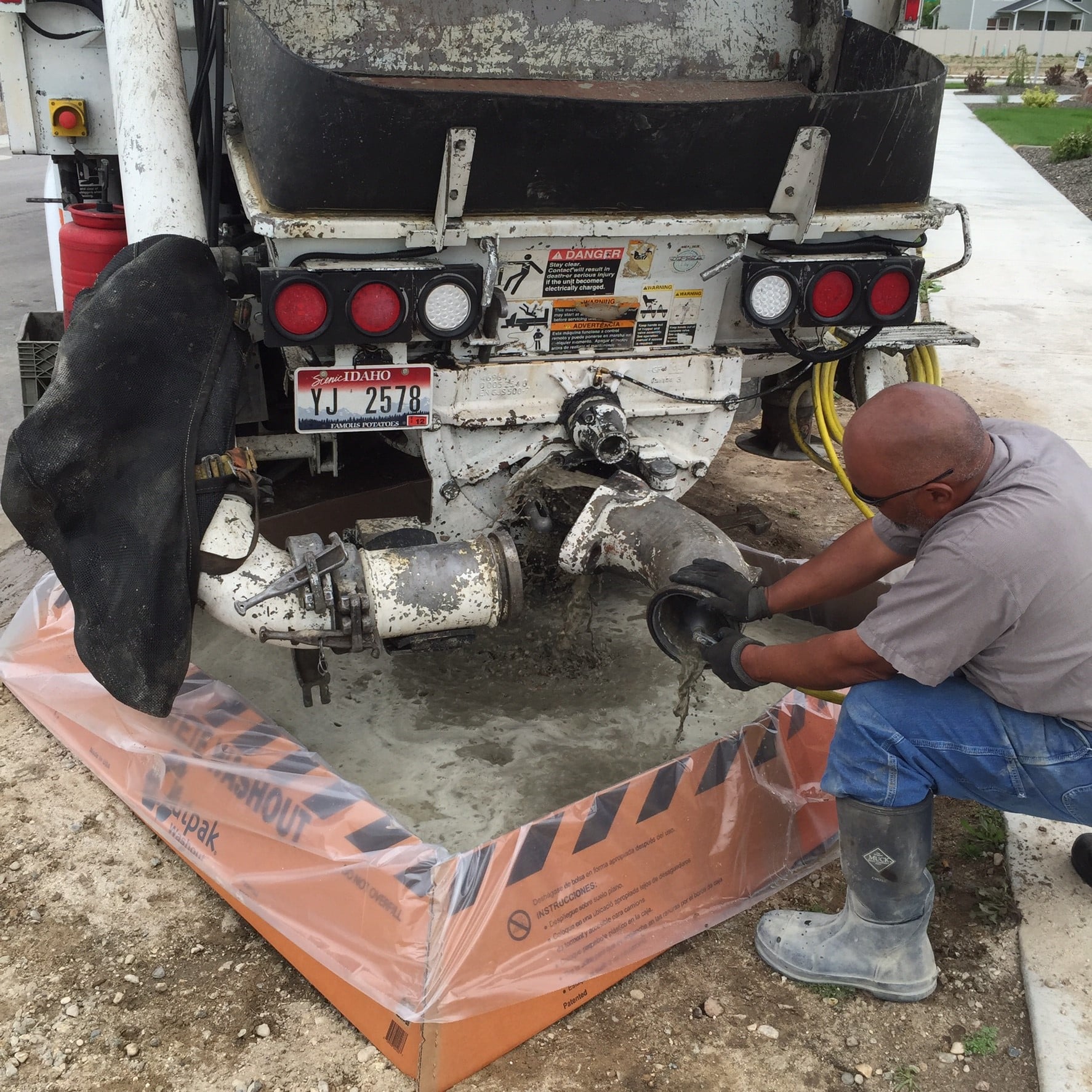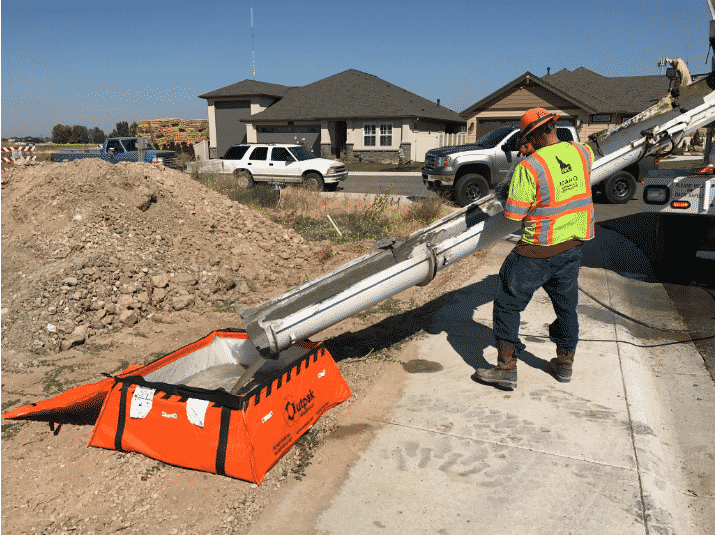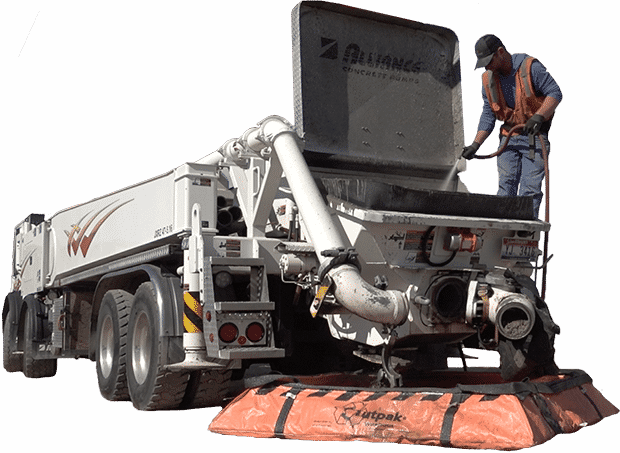
Concrete washout best practices are essential for the construction industry to minimize environmental impact, comply with regulations, and promote responsible waste management. Proper concrete washout prevents contamination of soil and water sources with concrete residues and harmful chemicals.

Here are some best practices for concrete washout:
- Use a Washout System: Implement a designated washout system or area on the construction site, which could include concrete washout bins, washout bags, or washout pits. These containment systems should be properly labeled and easily accessible.
- Choose a Suitable Location: Select a washout area that is well away from storm drains, rivers, lakes, or any environmentally sensitive areas. It should be on stable, impermeable ground to prevent seepage.
- Line the Containment Area: Line the washout system with impermeable materials like plastic or geomembranes to prevent concrete or washout water from infiltrating the ground.
- Control Access: Restrict access to the washout area to authorized personnel only to ensure compliance with the designated process.
- Collect Washout Water: Collect all washout water to prevent it from flowing into stormwater systems or natural bodies of water. This water should be treated or disposed of in accordance with local regulations.
- Allow Solidification: Allow concrete residues to solidify within the containment system. This makes it easier to remove and dispose of as a solid waste, rather than as a liquid waste.
- Recycle When Possible: Consider recycling solidified concrete waste if suitable facilities or recycling programs are available in your area.
- Regular Maintenance: Regularly inspect and maintain the washout containment system to ensure it remains functional and that no leaks or breaches have occurred.
- Label Properly: Clearly label the washout area and containers to distinguish them from other waste or material storage areas.
- Train Workers: Ensure that all construction site workers are educated on the importance of concrete washout best practices and know how to use the designated washout system correctly.
- Monitor Compliance: Implement a monitoring and compliance program to ensure that concrete washout best practices are followed consistently on the construction site.
- Stay Informed: Stay informed about local, state, and national regulations related to concrete washout, as these regulations may change over time.
By following these best practices, construction sites can reduce the environmental impact of concrete washout, prevent contamination of soil and water, and comply with relevant regulations. Responsible concrete washout practices are a vital part of sustainable construction and environmental stewardship.

